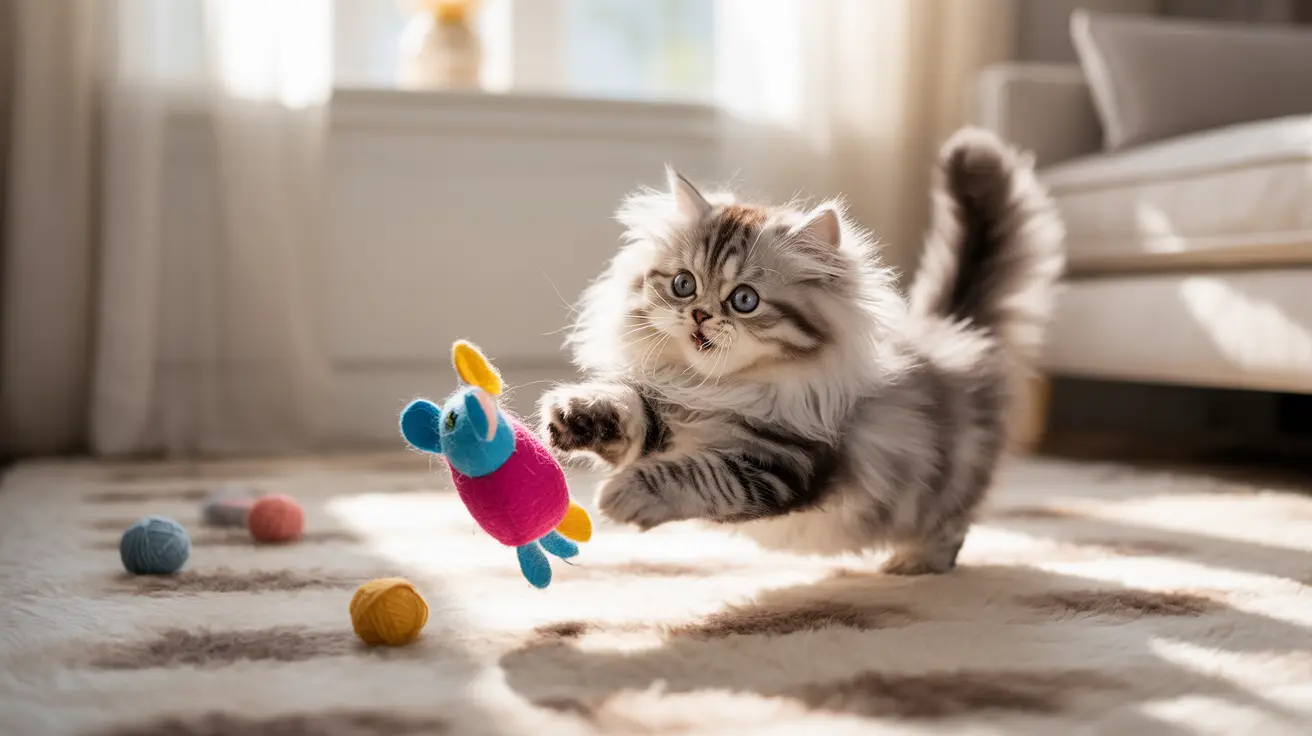Introduction
The harlequin cat stands out in the feline world with its distinctive and eye-catching coat pattern. Characterized by a predominantly white coat adorned with striking colored patches, these cats capture attention wherever they go. While not a breed in itself, the harlequin pattern appears in various cat breeds and mixed-breed felines, creating some of the most visually stunning cats you'll ever encounter.
Understanding what makes a harlequin cat special goes beyond their remarkable appearance. From their genetic makeup to the specific breeds that commonly display this pattern, let's explore everything you need to know about these magnificently marked felines.
What Defines a Harlequin Cat?
A harlequin cat's most distinguishing feature is its coat pattern, which consists of 50-75% white fur with well-defined patches of another color or colors. These patches can be black, orange, cream, blue, or even display tabby markings. The pattern creates a dramatic contrast that makes each harlequin cat uniquely beautiful.
The characteristic white base must cover more than half the cat's body to qualify as a true harlequin pattern. The colored patches typically appear on the body and head, while the tail often displays solid coloring that matches the patches.
Genetics Behind the Pattern
The striking appearance of harlequin cats results from the white-spotting gene (S), which affects how color pigments are distributed across the cat's coat. This gene essentially "blocks" color from appearing in certain areas, resulting in white patches. The extent of white fur can vary significantly, creating different patterns from minimal spotting to the extensive white seen in harlequin cats.
Interestingly, the harlequin pattern can appear in both bicolor and tricolor combinations. In tricolored harlequins, you might see traditional calico colors concentrated in larger, more defined patches rather than the typical small, scattered spots.
Popular Breeds Featuring the Harlequin Pattern
Several recognized cat breeds commonly display the harlequin pattern, including:
- Persian Cats
- British Shorthair
- Maine Coon
- Norwegian Forest Cat
- Japanese Bobtail
- Turkish Van
Each breed brings its own characteristics to the harlequin pattern. For instance, Persian cats combine the dramatic pattern with their luxurious long fur, while Japanese Bobtails showcase the pattern with their unique short tails and athletic builds.
Health and Care Considerations
The harlequin pattern itself doesn't affect a cat's health or longevity. However, specific care requirements depend on the underlying breed. Long-haired breeds like Persians require regular grooming to maintain their coat's condition, while shorter-haired breeds may need less intensive maintenance.
Regular veterinary check-ups are essential for all cats, regardless of their coat pattern. Your vet can monitor for any breed-specific health concerns and ensure your harlequin cat maintains optimal health throughout its life.
Personality Traits
While coat patterns don't determine personality, many harlequin cats are known for being playful, intelligent, and affectionate. These traits often reflect the characteristics of the breeds commonly displaying the pattern rather than the pattern itself.
Each harlequin cat develops its unique personality based on genetics, environment, and early socialization. Whether you're looking for an energetic playmate or a calm companion, you can find these traits in cats with harlequin patterns.
Frequently Asked Questions
What is a harlequin cat, and how can I identify its unique coat pattern?
A harlequin cat has a coat that is predominantly white (50-75%) with distinct colored patches. The pattern is identifiable by large, well-defined spots of color on a white background, with the tail typically being completely colored.
Which cat breeds commonly display the harlequin coat pattern?
The harlequin pattern appears in several breeds, including Persian, British Shorthair, Maine Coon, Norwegian Forest Cat, Japanese Bobtail, and Turkish Van cats. It can also occur in mixed-breed cats.
Does the harlequin coat pattern affect a cat's health or personality?
No, the harlequin pattern doesn't affect a cat's health or personality. Any health considerations or temperament traits are related to the cat's breed rather than their coat pattern.
How should I care for a harlequin cat, especially breeds like Persians with long fur?
Care requirements depend on the breed. Long-haired breeds need daily brushing and regular grooming to prevent matting. All harlequin cats need routine veterinary care, proper nutrition, and regular exercise, regardless of their coat length.
What are the differences between harlequin, van, and cap-and-saddle coat patterns in cats?
Harlequin patterns feature 50-75% white fur with colored patches. Van patterns have more than 75% white, with color mainly on the head and tail. Cap-and-saddle patterns show color primarily on the head ("cap") and back ("saddle"), with white elsewhere.






